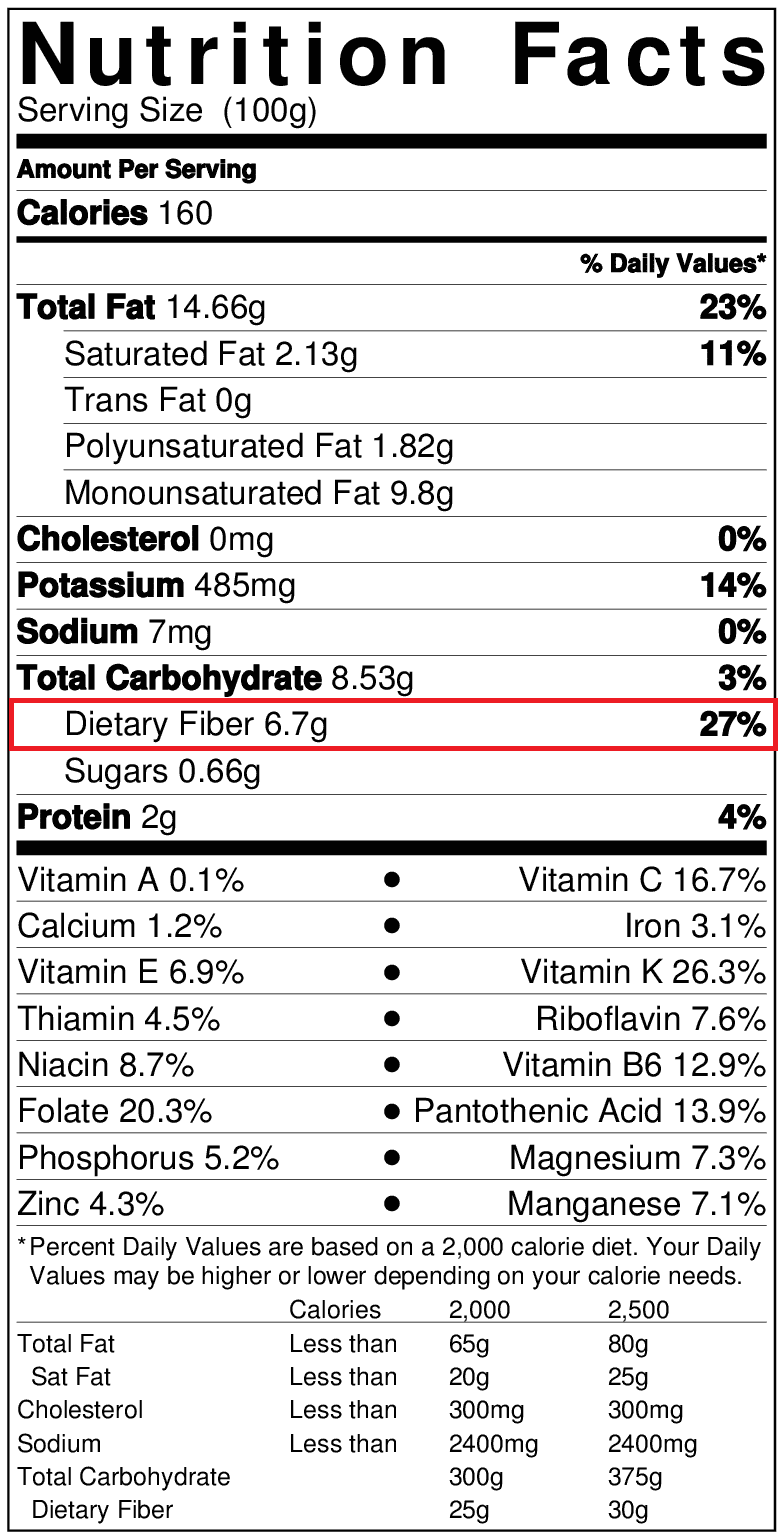Psyllium
Where It Comes From
Psyllium fiber comes from the outer coating, or “husk”, of the psyllium plant’s seeds. The psyllium husk is a naturally occurring source of soluble fiber.
What It Does
Psyllium fiber is a source of soluble fiber, and has multiple health benefits. Psyllium fiber forms a sticky gel that acts like a sponge to absorb some toxins, sugars and carbohydrates in the gut.
How It Helps – Existing Evidence
- Used to support a healthy digestive system
- It helps you feel less hungry between meals
- Helps maintain healthy blood sugar levels as part of your diet
- Helps to reduce the risk of cardiovascular disease by lowering blood cholesterol levels.
How is it processed by the body?
Psyllium fiber is not digested but thickens and forms a gel in your stomach. This gel traps some sugars and carbohydrates and moves down to the intestine where the trapped sugars are slowly released and absorbed into the body.
What types of food is this fiber typically found in?
Psyllium is commonly found in cereals, dietary supplements, and is also added to some foods including baked products such as breads, cereal bars, and rice/grain cakes. Look for the ingredients psyllium, psyllium seed, or psyllium husk on the ingredient panel.
Recommended Daily Intake
“Of the under-consumed nutrients, calcium, potassium, dietary fiber, and vitamin D are considered nutrients of public health concern because low intakes are associated with health concerns.” – Dietary Guidelines for American 2015-2020 (8th edition).
In the United States, the recommended dietary fiber intake is 14g/1,000 kcal. For an average adult, this means a daily intake of 25g (female) or 38g (male). Most Americans only consume about half of the recommended intake (13.5 and 18g, respectively). This shortage in our diet is called the fiber gap.
To reach the recommended fiber intake without fiber-enriched foods, most Americans would need to increase their calorie intake by more than 500 calories per day. But meeting fiber requirements doesn’t have to mean adding calories if fiber enriched foods are consumed.
Fiber-enriched foods help bridge the fiber gap while delivering excellent taste and additional metabolic benefits. The overall diet should have a mix of various fiber types.
Consuming a Variety of Fibers
Although most fibers will have more than one health-related effect, no one fiber can produce every potential health benefit. To maximize the health benefits of fiber, it is important to consume a variety of fibers.
Fibers can be found in many different foods. The amount of fiber per serving can easily be found by looking at the Nutrition Facts Panel for the Dietary Fiber line.

Additionally, the fiber content in foods like raw fruits and vegetables that do not have a nutrition label can be found here.
Lastly, fiber supplements can often be found in the dietary supplement aisle close to the probiotics and multi-vitamin supplements.
Gastrointestinal Tolerance
Increasing fiber intake suddenly, particularly in individuals consuming a low fiber diet, may result in gastrointestinal effects, such as an increased number of stools per week, having softer stools (but not diarrhea) or having increased flatulence. These natural effects are due to either bulking effects or due to the fermentation of fiber in the gastrointestinal tract. These potential effects can be minimized by increasing fiber intake more gradually to allow the gastrointestinal tract to adapt. Thus, it may be helpful to decrease fiber intake until these feelings subside and then gradually increase fiber intake.


